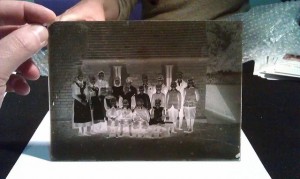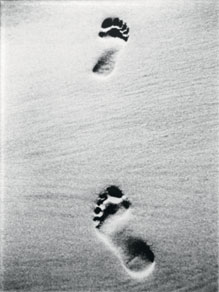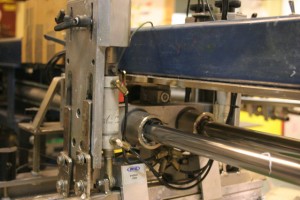Glass Plate Negatives Discovered in Peoria
Photography has changed quite a bit since its invention. While most images created today are stored digitally, early photographs were developed on glass plates. Glass is an incredibly durable material, but only a small number of glass plate negatives survive.
That’s part of what makes a discovery in Peoria so interesting. Workers from a salvage company that was removing architectural materials from an abandoned home in that city discovered a trove of glass plate negatives. The home was scheduled for demolition, and was in poor condition. The roof had failed on the home, leaving it filled with water and mold.
Among the abandoned property was a collection of more than 200 glass negatives that had somehow escaped the rain. The negatives were made between the late 1800’s and the 1930’s, in and around Peoria. Some of the negatives featured the home being demolished. Others included portraits, street scenes, vacation photographs and early Peoria landmarks.
Glass plate negatives are exceptionally fragile, and must be stored carefully to preserve the negative and to avoid damaging the emulsion. The Peoria negatives were removed from the home, and were purchased by a local collector. Some of the images were in poor condition and some of the glass plates were broken. The collector was able to restore the images and scanned them to preserve them.
Because of their fragility, it is unusual to find more than a few glass plate negatives at one time. Some libraries and newspapers maintain archival collections of glass plate negatives because newspapers commonly used glass plate photography into the mid-1930s.
A few specialty photographers still use glass plates because they provide significant tone and detail. The initial wet plate technique required the use of a substance called collodion, which was flammable. A wet-plate glass negative also had to be prepared immediately before the image was made, and required a five-minute exposure. The image also needed to be developed before the collodion dried. That limited the use of wet plate negatives to still images and portraits.
A refined, dry plate technique allowed photographers to prepare their negatives ahead of time, and process the negative when convenient. It also shortened the required exposure time.
Glassprimer™ glass surface molecular activator resolves many of the problems associated with printing on glass today. Glassprimer™ glass surface molecular activator prepares the glass surface in advance of UV-inkjet printing. The product allows UV inks to bond to glass, eliminating the need for heat curing, and enabling full-color, photorealistic printing on glass.
If you’d like more information about Glassprimer™ glass surface molecular activator, please visit the rest of our site. If you’d like to purchase Glassprimer™ glass surface molecular activator, or Glassprimer™ glass paint, please visit our online store .
Photo Credit: James Morley, via Flickr.com




